| Victory and Independence Reading with Questions |
|---|
| www.studenthandouts.com ↣ American History ↣ American History Readings with Questions |
| In July 1780 France's King Louis XVI had sent to America an expeditionary force of 6,000 men under the Comte Jean de Rochambeau. In addition, the French fleet harassed British shipping and blocked reinforcement and resupply of British forces in Virginia. French and American armies and navies, totaling 18,000 men, parried with Cornwallis all through the summer and into the fall. Finally, on October 19, 1781, after being trapped at Yorktown near the mouth of Chesapeake Bay, Cornwallis surrendered his army of 8,000 British soldiers. |
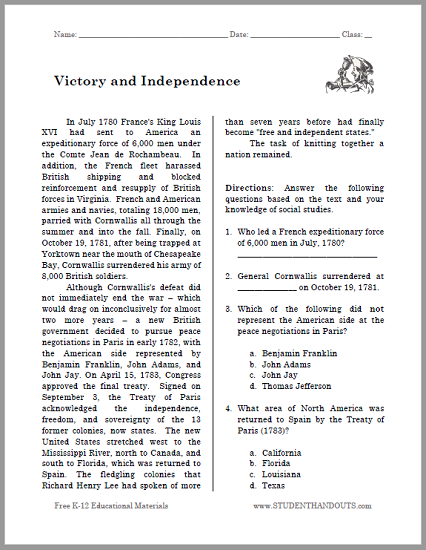 |
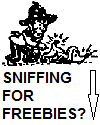 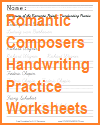 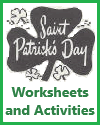 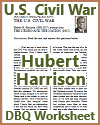 |
| Although Cornwallis's defeat did not immediately end the war—which would drag on inconclusively for almost two more years—a new British government decided to pursue peace negotiations in Paris in early 1782, with the American side represented by Benjamin Franklin, John Adams, and John Jay. On April 15, 1783, Congress approved the final treaty. Signed on September 3, the Treaty of Paris acknowledged the independence, freedom, and sovereignty of the 13 former colonies, now states. The new United States stretched west to the Mississippi River, north to Canada, and south to Florida, which was returned to Spain. The fledgling colonies that Richard Henry Lee had spoken of more than seven years before had finally become "free and independent states." The task of knitting together a nation remained. Questions with answers in bold: 1. Who led a French expeditionary force of 6,000 men in July, 1780? Comte Jean de Rochambeau 2. General Cornwallis surrendered at _____ on October 19, 1781. Yorktown 3. Which of the following did not represent the American side at the peace negotiations in Paris? a. Benjamin Franklin b. John Adams c. John Jay d. Thomas Jefferson 4. What area of North America was returned to Spain by the Treaty of Paris (1783)? a. California b. Florida c. Louisiana d. Texas Click here to print. |
| www.studenthandouts.com ↣ American History ↣ American History Readings with Questions |








